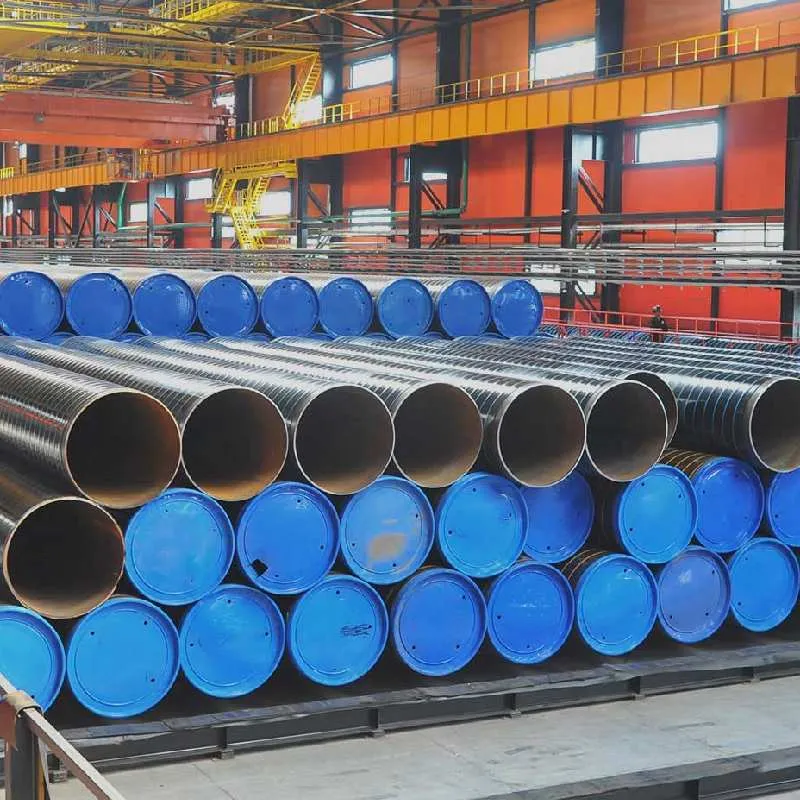-
Cangzhou Yulong Steel Co., Ltd.
-
Phone:
+86 13303177267 -
Email:
admin@ylsteelfittings.com
- English
- Arabic
- Italian
- Spanish
- Portuguese
- German
- kazakh
- Persian
- Greek
- French
- Russian
- Polish
- Thai
- Indonesian
- Vietnamese
- Zulu
- Korean
- Uzbek
- Hindi
- Serbian
- Malay
- Ukrainian
- Gujarati
- Haitian Creole
- hausa
- hawaiian
- Hebrew
- Miao
- Hungarian
- Icelandic
- igbo
- irish
- Japanese
- Javanese
- Kannada
- Khmer
- Rwandese
- Afrikaans
- Albanian
- Amharic
- Armenian
- Azerbaijani
- Basque
- Belarusian
- Bengali
- Bosnian
- Bulgarian
- Catalan
- Cebuano
- China
- China (Taiwan)
- Corsican
- Croatian
- Czech
- Danish
- Esperanto
- Estonian
- Finnish
- Frisian
- Galician
- Georgian
- Kurdish
- Kyrgyz
- Lao
- Latin
- Latvian
- Lithuanian
- Luxembourgish
- Macedonian
- Malgashi
- Malayalam
- Maltese
- Maori
- Marathi
- Mongolian
- Myanmar
- Nepali
- Norwegian
- Norwegian
- Occitan
- Pashto
- Dutch
- Punjabi
- Romanian
- Samoan
- Scottish Gaelic
- Sesotho
- Shona
- Sindhi
- Sinhala
- Slovak
- Slovenian
- Somali
- Sundanese
- Swahili
- Swedish
- Tagalog
- Tajik
- Tamil
- Tatar
- Telugu
- Turkish
- Turkmen
- Urdu
- Uighur
- Welsh
- Bantu
- Yiddish
- Yoruba

Nov . 23, 2024 19:33 Back to list
welding pipe to pipe
Welding Pipe to Pipe Techniques, Applications, and Best Practices
Welding is an essential process in various industrial applications, particularly when it comes to joining pipes. The technique of welding pipe to pipe presents unique challenges and requires a distinct set of skills and knowledge to ensure strong, leak-proof joints. This article discusses the methods used for welding pipes, explores their applications, and outlines best practices for achieving optimal results.
Welding Techniques
Several welding techniques are commonly employed for joining pipes, including
1. TIG Welding (Tungsten Inert Gas) This process utilizes a non-consumable tungsten electrode to produce the weld. It is known for its precision and is often used for thin-walled pipes where high-quality finishes are required. TIG welding is ideal for stainless steel and other non-ferrous metals.
2. MIG Welding (Metal Inert Gas) MIG welding employs a continuous feed of filler metal and is suitable for thicker pipes. This method is faster than TIG welding and is frequently used in industries where speed and efficiency are critical.
3. Stick Welding (Shielded Metal Arc Welding) This technique involves an electrode coated in flux, which protects the weld from contamination. Stick welding is versatile and can be used in various conditions, making it a popular choice for outdoor projects.
4. Submerged Arc Welding This method involves a continuously fed filler material that is submerged under a layer of granular flux. Submerged arc welding provides a high deposition rate and is particularly effective for heavy-duty applications.
Applications
welding pipe to pipe

Welding pipe to pipe is vital in numerous sectors, including oil and gas, construction, shipbuilding, and manufacturing. These industries rely on strong, reliable joints to ensure the integrity of pipelines, which transport fluids and gases. For example, in the oil and gas industry, pipes must withstand high pressures and corrosive environments, making the quality of welding crucial.
In construction, welded pipes are often used in plumbing systems, where leaks can lead to significant damage. Similarly, shipbuilding requires robust pipe joints to handle the stresses of marine environments. In the manufacturing sector, welded pipes are integral components of various machinery and systems.
Best Practices
To ensure successful pipe welding, several best practices should be followed
1. Preparation Proper surface preparation is essential before welding. Clean the edges of the pipes to remove any dirt, rust, or grease. Ensure that the fit-up of the pipes is precise to avoid gaps and ensure uniform welds.
2. Material Selection Choose the appropriate filler material and welding technique based on the types of pipes being joined. Different materials have different properties, and selecting the right combination is crucial for a strong bond.
3. Welding Parameters Monitor and adjust welding parameters such as voltage, amperage, and travel speed. Each of these factors can significantly impact the quality of the weld.
4. Inspection and Testing After welding, inspect the joints for cracks, porosity, or other defects. Nondestructive testing methods, such as ultrasonic or radiographic testing, can help ensure the integrity of the welds.
In conclusion, welding pipe to pipe is a fundamental skill in various industries. By understanding the techniques, applications, and best practices involved, welders can create durable, reliable joints that withstand the rigors of their intended use. As technology advances, the welding industry continues to evolve, offering new methods and materials that enhance efficiency and quality.
Latest news
-
ANSI 150P SS304 SO FLANGE
NewsFeb.14,2025
-
ASTM A333GR6 STEEL PIPE
NewsJan.20,2025
-
ANSI B16.5 WELDING NECK FLANGE
NewsJan.15,2026
-
ANSI B16.5 SLIP-ON FLANGE
NewsApr.19,2024
-
SABS 1123 FLANGE
NewsJan.15,2025
-
DIN86044 PLATE FLANGE
NewsApr.19,2024
-
DIN2527 BLIND FLANGE
NewsApr.12,2024
-
JIS B2311 Butt-Welding Fittings LR/SR 45°/90° /180°Seamless/Weld
NewsApr.23,2024











